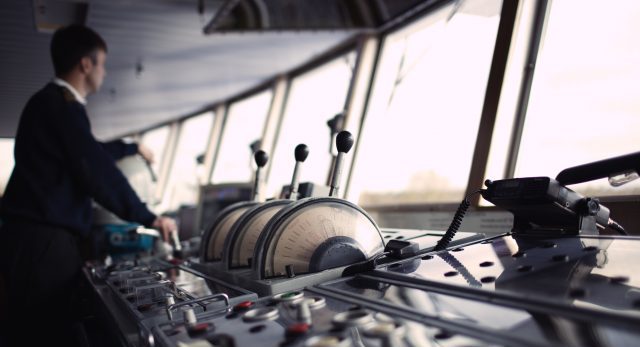While incidents at sea continue spreading ahead, a primary cause is the failure to check properly the operation of electronic navigational aid(s), Skuld Club reported. In order to avoid such accidents, the bridge team must be fully aware of the operating principals and each equipment in use and verify the factors that may impact the accuracy of the information displayed.
Skuld Club highlighted the best practices that bridge team needs to follow, when operating radars.
Since the failure of the radar to pick up a target at a close range can bring serious casualties, regular tests and checks of the equipment can help avoiding similar incidents.
Moreover, the navigating officer on watch at the time of departure from port, or when taking over a bridge watch, must check and verify the following aspects while make sure that the radars are set up and functioning correctly:
- A radar performance check as per the manufacturer’s guidelines to ensure that the quality of display has not deteriorated.
- The gyro error and accuracy of the heading marker alignment.
- The accuracy of the variable range marker.
- The speed input being displayed by the radar.
- The echo strength of clearly visible targets.
- The stabilisation mode selected.
Concerning no.5, the operator must be aware of the radar’s current performance, which is best verified by the performance monitor.
Additionally, the echo return from a distant known target should also be checked. Bridge team from its side, must be aware of the possibility that small ships, ice floes or other floating objects like containers, may not be identified.
Furthermore, echoes may be obscured by sea or rain. Although setting clutter controls correctly will help, may not reduce this possibility at all.
When plotting larger targets on a medium range scale, the display should be periodically switched to a shorter range, and the clutter controls adjusted, to search for less distinct targets.
Concluding, the observer must keep in mind of the arcs of blind and shadow sectors on the display coming from masts or other onboard obstructions. These sectors must beplotted on a diagram placed closely to the radar display, while the diagram must be updated following any changes that may affect the sectors.































































